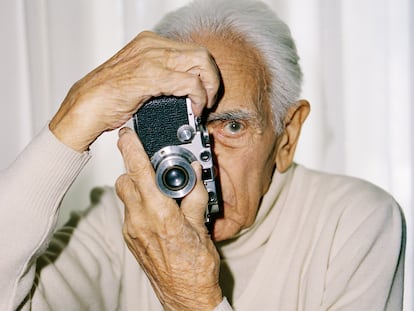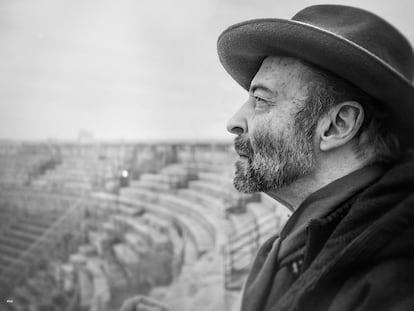Roland Beaufre, the French photographer who loves Morocco: ‘I find the Europeans who live here and think that they are the essence of Tangier very funny’
The photographer shows us his apartment, a mixture of the changes and continuities in an inexhaustible city that defies nostalgia
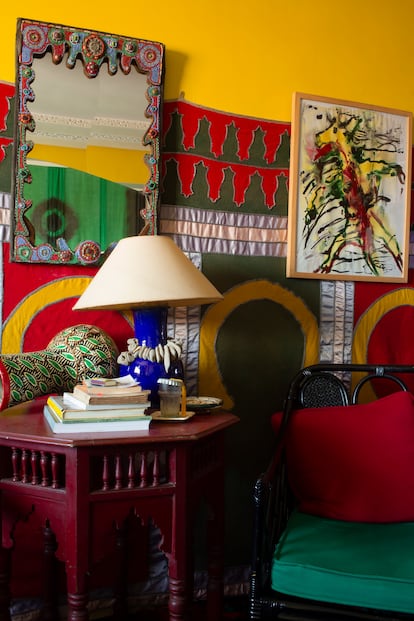
In 1962, French photographer Roland Beaufre, now 70, arrived in the city of Tangier, which was famous in literature but still little known in décor publications; the photographer was the one who opened up that world of colorful fabrics and coffered ceilings to magazines. Decades later, Tangier continues to supply magazines and coffee table books with images. The photographs Beaufre recently took of his modern apartment in Tangier can be considered the epilogue of a story that began in 1962 in Villa Victoria, the mansion that his father, General André Beaufre (a key figure in World War II), bought in the city after he retired from the French Army.
“[My father’s] friend…called him to let him know that after Tangier’s integration into Morocco, many of the city’s best houses were for sale, because almost all the people from the international era had left,” Beaufre says over the phone. “My father went to visit him and found Villa Victoria. Based on that name, he must have thought it was meant for a general.”
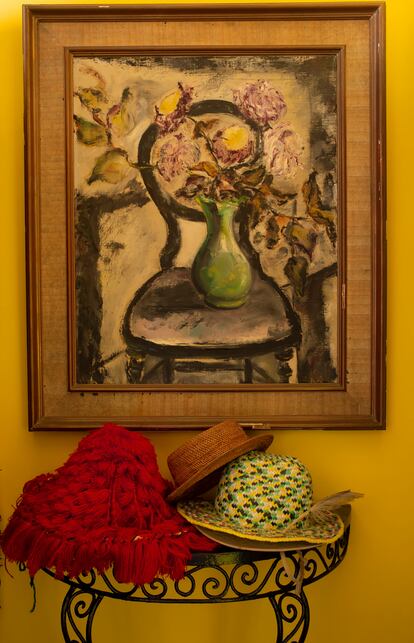
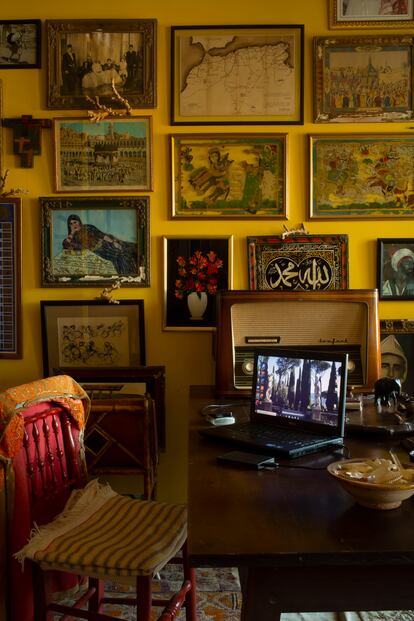
The summers he spent in Morocco as a child and teenager showed him a very different country, including the surviving members of Tangier’s famous expatriate community. Beaufre connected with the likes of novelist Paul Bowles, who helped make Tangier fashionable among artists last century. “I was introduced to him by a friend of mine, who translated his novels into French. He was always very kind to me and let me photograph him many times.” Beaufre also befriended another legend of the city, English dilettante David Herbert, who was close to the British royal family and hosted old Tangier’s most extravagant parties.
“When my mother became a widow and moved to Tangier, he helped her redecorate Villa Victoria in new colors: pink in the living room and in her bedroom; green in the living room; yellow in the dining room; and red in the hall. One day, when he was talking to me about his youth before World War II, he told me that Cecil Beaton, who was his first lover, used to visit him in Tangier frequently. ‘Your mother knew him,’ Herbert told me, but neither of them ever introduced me to [Beaton]. At the time, Cecil Beaton was my favorite photographer, and I would very much have liked to have been able to meet him.” Old Beaton surely would have recognized himself in a boy who had unlocked the secrets of photography at a very young age; Beaufre learned the craft with a camera given to him by his nanny, just like Beaton, and knew how to get important people to pose for him.


In the late 1970s, when he began to wander around Paris editorial offices in search of work, Roland Beaufre also found out that in a vast world, certain friendships are worth more than a diploma. “I suggested photographing the houses of friends of mine like Herbert and painter Claudio Bravo. At that time, Tangier’s villas had rarely appeared in magazines, and I thought that readers would like to see them. Décoration Internationale was the first magazine that commissioned an article from me. Many others followed suit.”
One of the world’s most sought-after interior photographers, Roland Beaufre has since become the go-to man in Morocco for prestigious publications like The World of Interiors, for which he has photographed other Tangier villas, including the one Andrée Putman designed for philosopher Bernard-Henri Levy. The home featured here occupies the seventh floor of an apartment building built just seven years ago in one of the city’s new neighborhoods. Beaufre bought it after his mother died and he sold Villa Victoria; only two pieces of Napoleon III furniture remain in his home. “My mother was obsessed with that style. When she moved to Tangier permanently, she brought all her Napoleon III furniture from her apartment in Paris: the apartment was almost 400 square meters [4305.56 square feet] less than Villa Victoria, but it was so crammed in [there] that [the furniture pieces] fit perfectly in the house.”
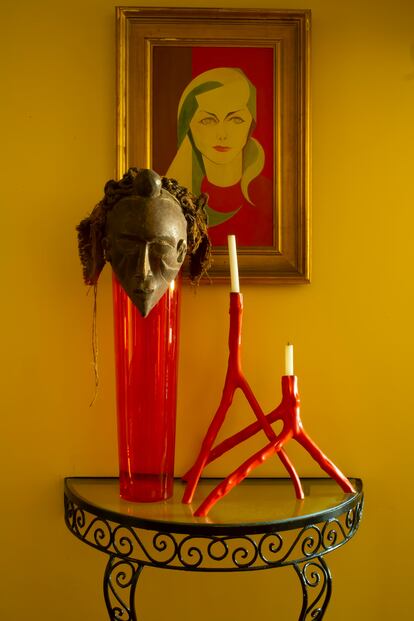
The décor in the rest of the apartment—a living room, two bedrooms, a bathroom and a kitchen—is done in Moroccan style: the walls are lined with tapestries and the floors are covered with rugs. The windows frame a panoramic view of Tangier, which has continued to transform. “The city is nothing like the one I knew in the 1960s. When I arrived, there were 160,000 inhabitants, 80,000 of whom were Christians, and the neighborhood where I live now was [part of the] countryside. Now 99% of Tangier’s over 1 million inhabitants are Muslim and my apartment is in the center of the city. I find the community of Europeans who live here and think that they are the essence of Tangier very funny: the reality is that they are lost in the middle of a huge Moroccan city. If you are nostalgic, the best thing to do is to get out. I am not. I have no regrets and I only look toward the future.”
Sign up for our weekly newsletter to get more English-language news coverage from EL PAÍS USA Edition
Tu suscripción se está usando en otro dispositivo
¿Quieres añadir otro usuario a tu suscripción?
Si continúas leyendo en este dispositivo, no se podrá leer en el otro.
FlechaTu suscripción se está usando en otro dispositivo y solo puedes acceder a EL PAÍS desde un dispositivo a la vez.
Si quieres compartir tu cuenta, cambia tu suscripción a la modalidad Premium, así podrás añadir otro usuario. Cada uno accederá con su propia cuenta de email, lo que os permitirá personalizar vuestra experiencia en EL PAÍS.
¿Tienes una suscripción de empresa? Accede aquí para contratar más cuentas.
En el caso de no saber quién está usando tu cuenta, te recomendamos cambiar tu contraseña aquí.
Si decides continuar compartiendo tu cuenta, este mensaje se mostrará en tu dispositivo y en el de la otra persona que está usando tu cuenta de forma indefinida, afectando a tu experiencia de lectura. Puedes consultar aquí los términos y condiciones de la suscripción digital.
More information
Últimas noticias
Most viewed
- Sinaloa Cartel war is taking its toll on Los Chapitos
- Reinhard Genzel, Nobel laureate in physics: ‘One-minute videos will never give you the truth’
- Oona Chaplin: ‘I told James Cameron that I was living in a treehouse and starting a permaculture project with a friend’
- Why the price of coffee has skyrocketed: from Brazilian plantations to specialty coffee houses
- Silver prices are going crazy: This is what’s fueling the rally
